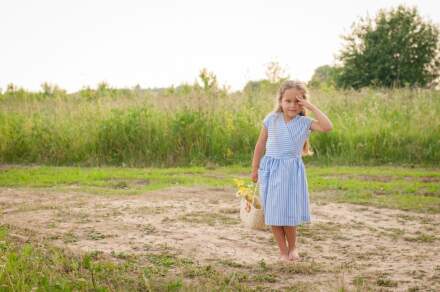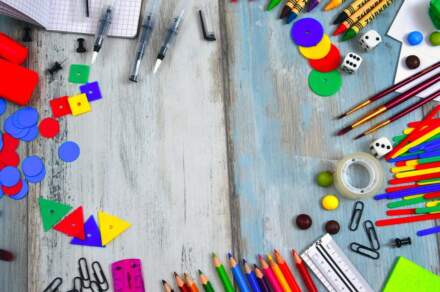Introduction
As awareness of climate change and environmental degradation continues to grow, consumers are increasingly seeking ways to reduce their ecological footprint. This shift in mindset has permeated various industries, with toys being no exception. Children represent the future, and the choices made today can significantly shape the world they inherit. This article explores the rise of eco-friendly toys, examining the materials used, the impact of sustainable manufacturing practices, and the importance of instilling environmental values in the next generation.
The Transition to Eco-Friendly Materials
One of the most significant developments in the toy industry is the transition to eco-friendly materials. Traditional toys have predominantly been made from plastics derived from petroleum, which contribute to pollution and are often non-biodegradable. However, manufacturers are now exploring biodegradable alternatives, including bamboo, organic cotton, and recycled plastics.
Bamboo and Wood
Bamboo has seen a surge in popularity due to its rapid growth and renewability. It is an incredibly resource-efficient material, requiring less water and no pesticides compared to conventional timber. Bamboo toys are often bright, colorful, and sturdy, making them appealing to children and parents alike.
Wooden toys have also regained popularity, particularly those made from sustainably sourced forests. These toys offer durability and can often be crafted into timeless designs that appeal to multiple generations. As parents seek to provide high-quality, long-lasting items, wooden toys present an attractive alternative to their plastic counterparts. Companies that prioritize sustainable sourcing often seek certifications such as the Forest Stewardship Council (FSC) label, assuring consumers that their purchases are environmentally friendly.
Organic Fabrics
The textile industry has been notorious for its unsustainable practices, including excessive water consumption and chemical runoff. Organic cotton, produced without harmful pesticides or synthetic fertilizers, is becoming a staple in eco-friendly toy manufacturing. By supporting organic cotton, consumers can reduce exposure to toxic chemicals for both children and the environment.
Furthermore, companies are experimenting with other organic materials like hemp and linen, which require less water and land than conventional cotton. These fabrics are not only safer for children but also have a lower carbon footprint, contributing to a sustainable future.
Recycled Plastics
While general perceptions of plastic tend to be negative due to its environmental impact, recycled plastics can mitigate some of these concerns. Companies are increasingly incorporating post-consumer recycled materials into their toy designs. By repurposing plastic waste, manufacturers can create high-quality toys while diverting waste from landfills. Not only does this practice reduce the need for virgin materials, but it also promotes a circular economy—a system aimed at minimizing waste and making the most of resources.
The Impact of Sustainable Manufacturing Practices
While materials are crucial, the processes used in the production of toys also play a significant role in their overall sustainability. Eco-friendly manufacturers are adopting various practices to minimize their environmental impact.
Energy Efficiency and Waste Reduction
Many companies are shifting towards renewable energy sources, such as wind and solar, to power their operations. This transition helps reduce greenhouse gas emissions and reliance on fossil fuels. Additionally, sustainable toy manufacturers often implement waste reduction strategies, whereby by-products from manufacturing are repurposed, thus minimizing waste generation.
Ethical Labor Practices
Another essential aspect of sustainable manufacturing is ensuring ethical labor practices. As the demand for eco-friendly toys arises, consumers are increasingly concerned about the conditions under which these toys are produced. Ethical brands focus on fair wages and safe working environments, supporting local economies and promoting social responsibility. By implementing transparent supply chains and prioritizing ethical labor, these brands build trust with consumers committed to sustainability.
Instilling Environmental Values in Future Generations
As eco-friendly toys become more prevalent, they offer an opportunity to teach children about environmental stewardship. The experiences that children have with toys—both in play and through manufacturers’ commitments to sustainability—help shape their worldview. Here’s how eco-friendly toys can nurture a green mindset:
Engaging Storytelling
Many eco-friendly toys are accompanied by stories that emphasize the importance of caring for the environment. Stories can center around themes like recycling, conservation, and biodiversity, which deepen children’s understanding of their role in sustaining the planet.
Hands-On Learning
Eco-friendly toys often encourage interactive play that focuses on exploration and learning about nature. For example, outdoor toys like seed-planting kits or nature exploration sets can introduce children to biodiversity while fostering their appreciation for the planet.
Role Modeling
Parents and caregivers serve as significant role models for children, and choosing eco-friendly toys can signal the importance of sustainability. Engaging in conversations about why these choices matter can help shape children’s values and behaviors concerning the environment.
Conclusion
The rise of eco-friendly toys represents a significant advancement within the toy industry, aligning playful creativity with a sense of environmental responsibility. As parents and caregivers increasingly prioritize sustainability, manufacturers are responding with ethical practices and innovative design, paving the way for a greener future. By making conscious choices now, we can foster a generation equipped to care for the planet, ensuring that playtime not only enriches childhood but also cultivates stewardship for a sustainable tomorrow. The journey toward environmental consciousness starts with the toys children play with today—each colorful, sustainable product stands as a building block for a better world.










Leave a Comment